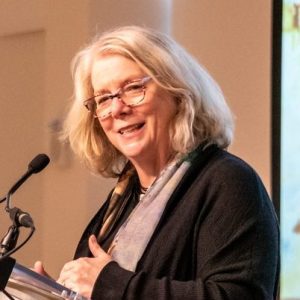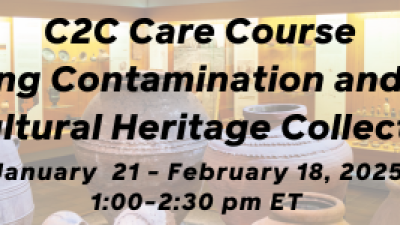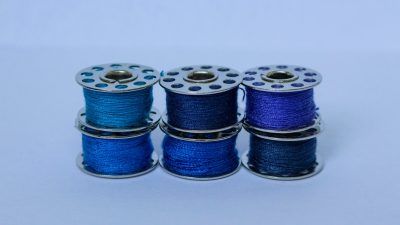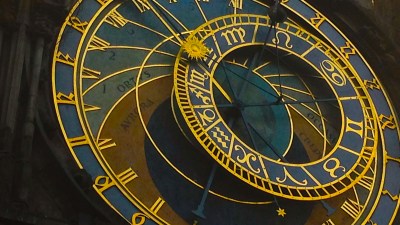
On paper, the relationship between Columbus Museum of Art (CMA) and the Dordrecht Museum in the Netherlands looks like a typical museum partnership. For our recent exhibition Life in the Age of Rembrandt: Dutch Masterpieces from the Dordrecht Museum, we borrowed remarkable works by seventeenth and nineteenth-century Dutch artists, giving our community access to art that we don’t have in our collection. In 2020, we will share some of our Impressionist and American Modern works, including George Bellows’ Snow Dumpers and Edgar Degas’ Houses at the Foot of a Cliff with the Dordrecht Museum as they mount their own exhibition, Pioneers of Modernism.
Like our fellow mid-sized museums, we know partnerships are essential to our work; we’ve done everything from borrowing individual masterworks from European museums to working with museums in sister cities overseas. But this partnership is different.
An unusual beginning
The key difference is how it came about. Until now, all the partnerships I’ve worked on came from professional connections: director to director or curator to curator. In this case, I was approached by a long-time supporter and volunteer at CMA, Markéta Leeuwenburg, who grew up in Dordrecht. Markéta’s parents still live there, and as a passionate advocate for both museums, she thought we could do something together.
Initially, we weren’t sure this idea would become reality. But our Chief Curator David Stark happened to be traveling near Dordrecht and arranged a visit to the museum. That was the beginning of a relationship that has become far more than a simple loan partnership. This is a great lesson in the power of networking, and how we should never dismiss an idea just because it comes from a non-traditional source.
An unusual commonality across cultures
Skip over related stories to continue reading articleIt’s a safe bet that very few people in Dordrecht know where Columbus is. I confess that I looked Dordrecht up on a map when we started this process (by the way, did you know it’s the oldest port in the Netherlands, older than Amsterdam, even?). But as we worked together, we discovered key similarities that went beyond our different cultural and fundraising structures.
The most obvious is that the Dordrecht is not the Rijksmuseum, and CMA is not The Met. Both organizations understand the tension of being an economic driver in our respective cities, while also endeavoring to achieve recognition for our work outside of those communities. I believe these shared tensions and challenges led to stronger relationships; our professional team feels very close to the team at the Dordrecht and vice versa. We are also both museums that are committed to engaging with and responding to our communities.
An unusual way to keep costs down
I love consortiums. They are a brilliant idea, and it’s often hard for smaller museums to form or join them. The CMA/Dordrecht relationship has some elements of a consortium, which has helped us keep our costs to a minimum as we work together. There are no exhibition or loan fees; we pay the costs associated with bringing works to our respective museums, and we seek ways to reduce travel and shipping costs by offering extended loans that go beyond specific exhibitions.
An unusual bond between organizations
The level of trust we’ve developed with the Dordrecht Museum continues to surprise me. Even in the early days, when we were still discussing the boundaries of our collections exchange, we were both willing to do things a little differently; loaning works on differing timelines, for example, to enhance current installations as well as future ones. At CMA, we don’t have a curator with expertise in seventeenth-century Dutch art, and Dordrecht doesn’t have Impressionist and American modernist expertise—this is often a difficult and unintentional barrier to making a partnership work. But because we are museums of similar size and goals, we were able to build a relationship between the directors and the curators that went beyond curatorial specialist alignment.
As I look back on the development of this partnership, I am struck by how easily it could not have happened. But thanks to a volunteer who was passionate about CMA and Dordrecht, both of us will be able to offer our communities access to artworks that reach beyond our collections. Thanks to the willingness of both sides to engage in new ways, we’ve developed a kind of shorthand, one that I believe will lead to a long-term, mutually beneficial relationship. At its heart, this partnership is about more than simply exchanging artworks; it’s about the perspective we gain from discovering new cultures, working together with people of different expertise, and ultimately, amplifying our collections to create enlightening experiences for our communities.
For mid-sized museums, here are a few non-traditional ways to develop partnerships:
- Collaborate with community organizations that expand your network and resources: CMA collaborated with Greater Columbus Sister Cities International and other cultural institutions to bring the famous Paganini Violin to Columbus.
- Invite your community to generate unique content: CMA was the first museum in the world to organize an exhibition of curated, crowd-sourced photographs shared through Instagram, which opened the door to some exciting new partnerships.
- Mark anniversaries or milestones of local favorites or national events: CMA organized exhibitions celebrating the birth of Columbus natives James Thurber and Alice Schille and an exhibition marking the fiftieth anniversary of the Stonewall Riots. These projects were enhanced by the museum’s community partnerships.
- Brainstorm with staff and volunteers: CMA created an internal team that explores and discusses possible areas of focus and potential partnership opportunities.









Comments